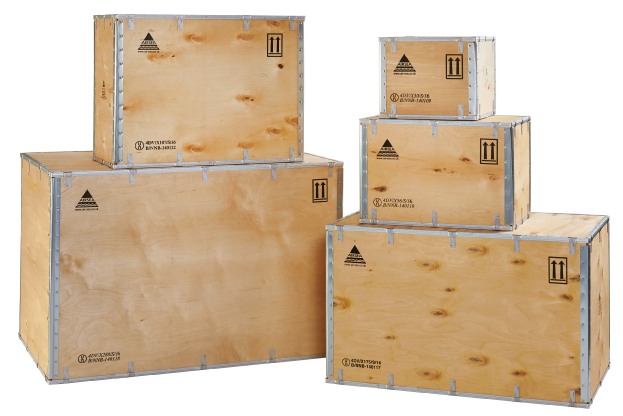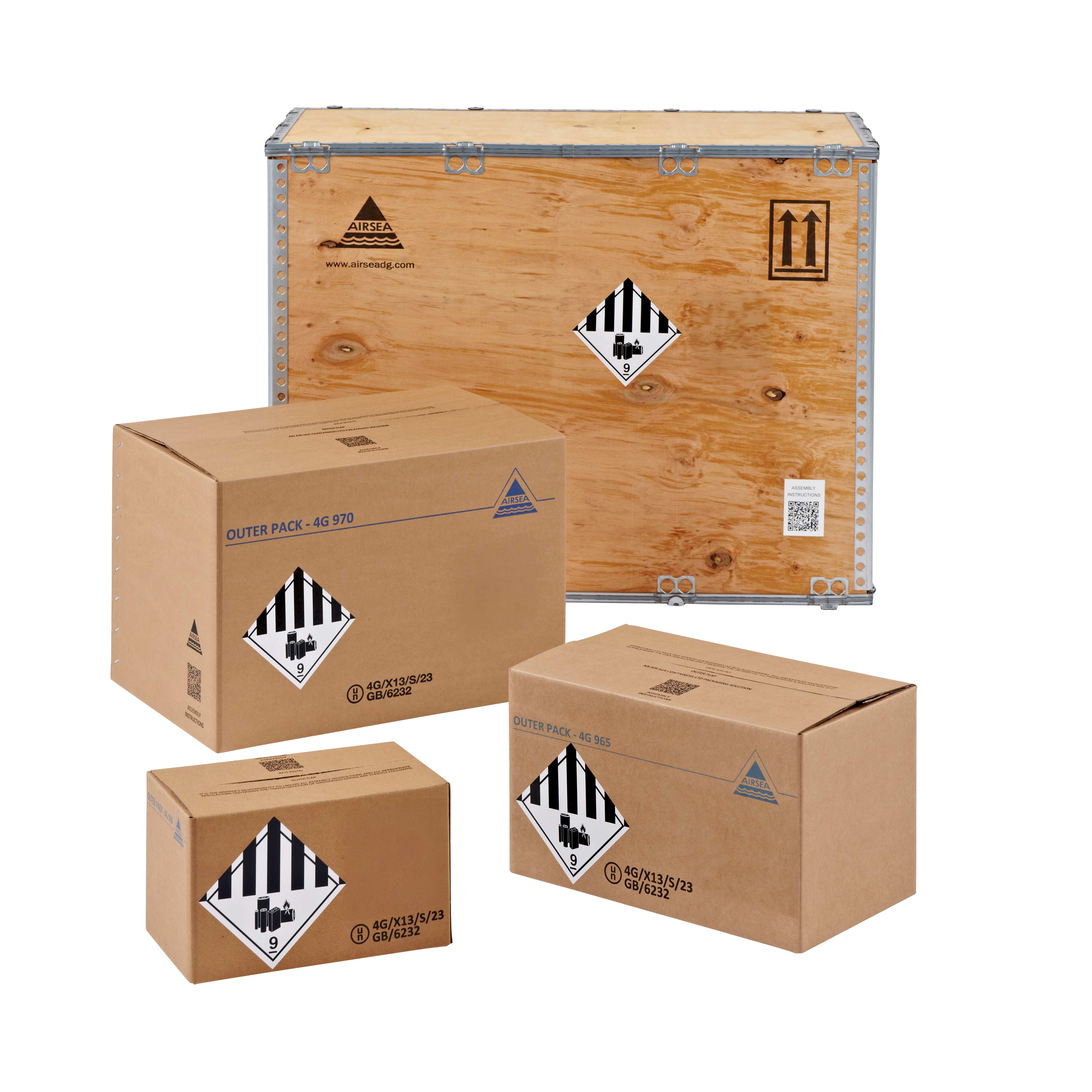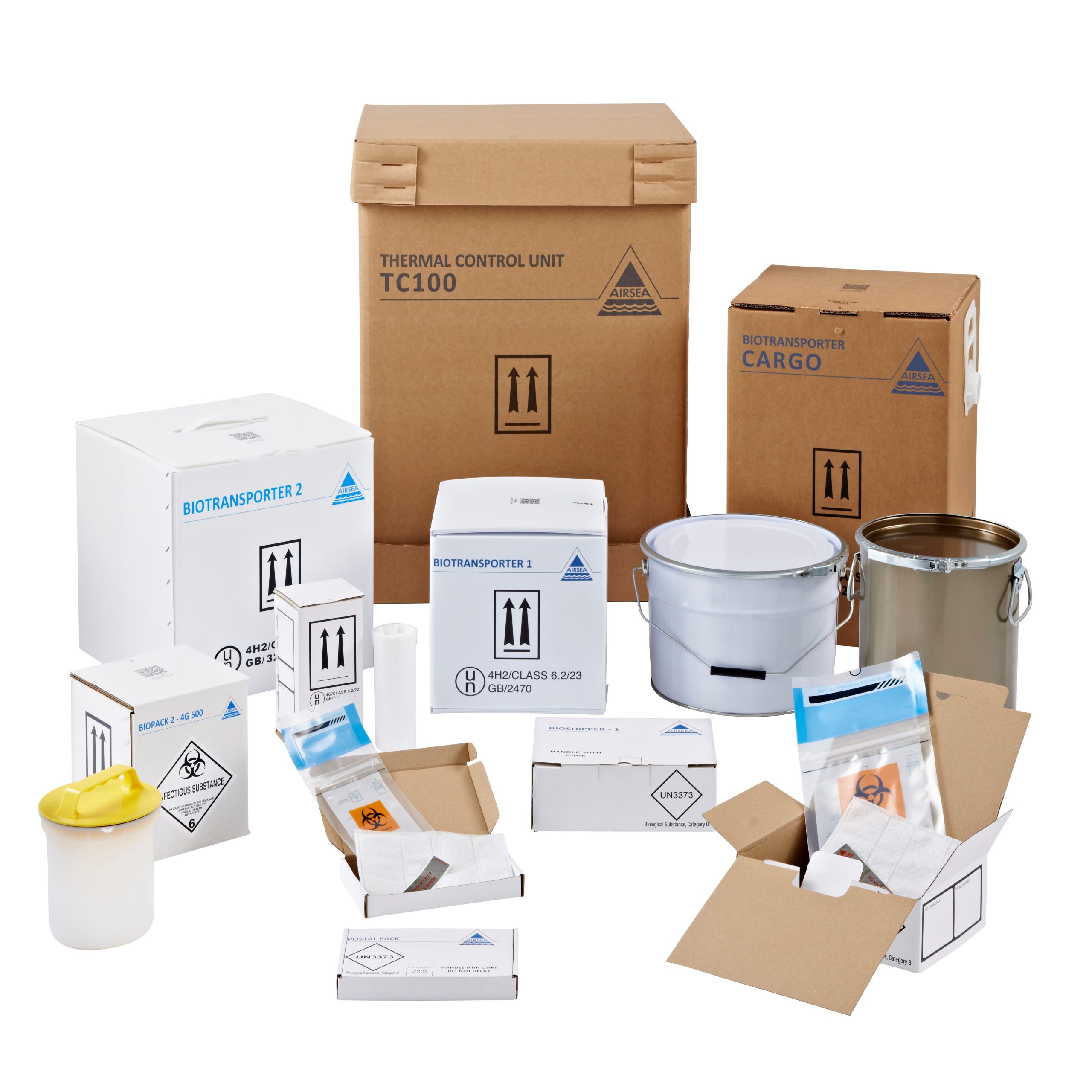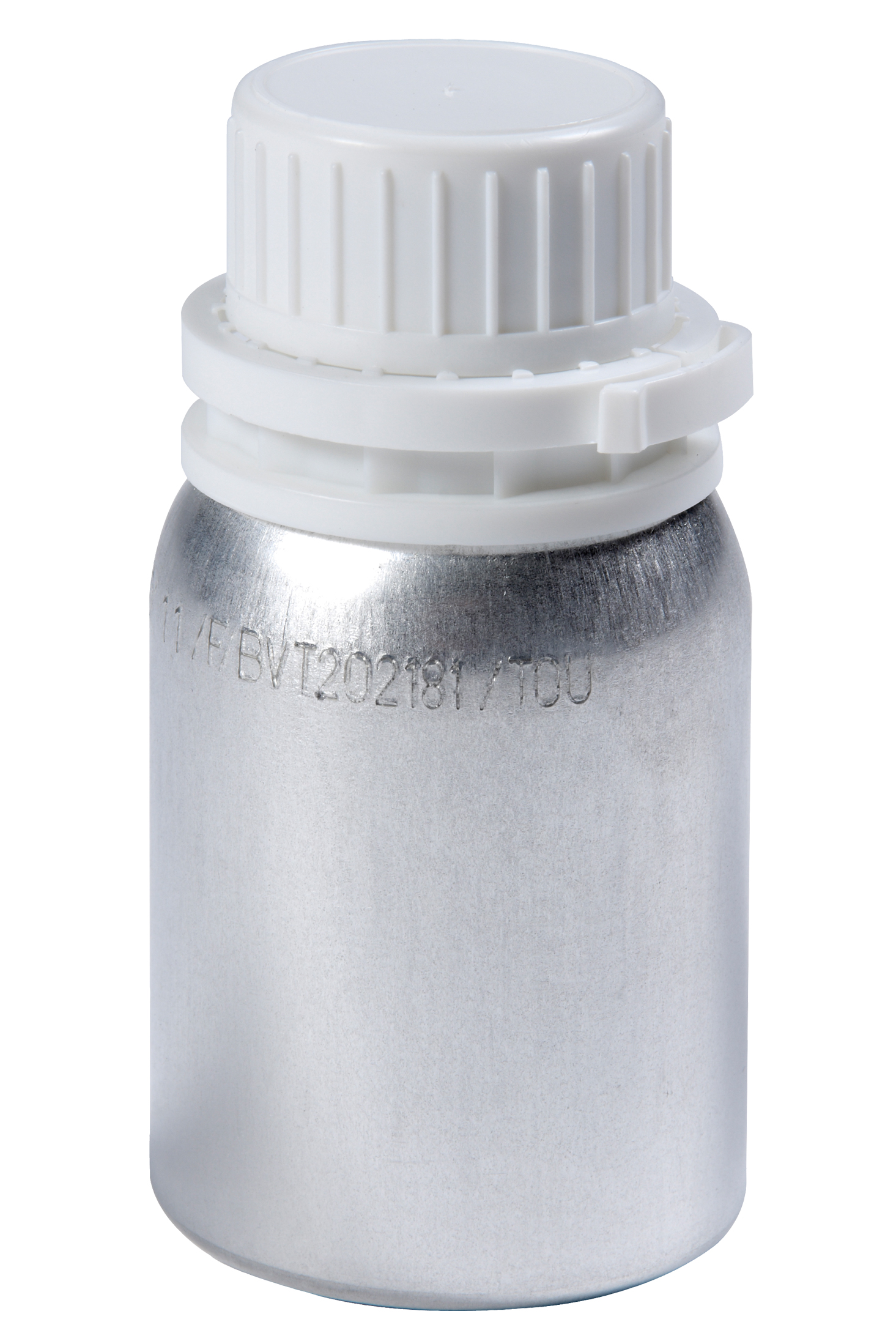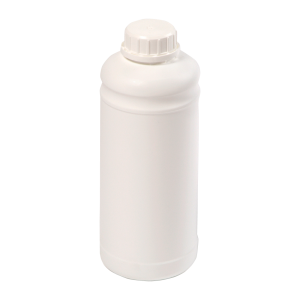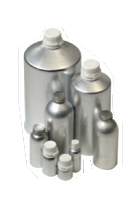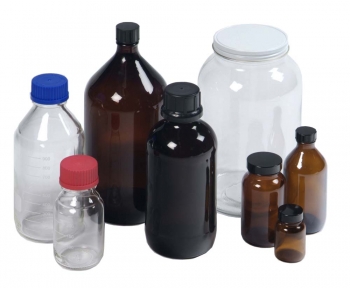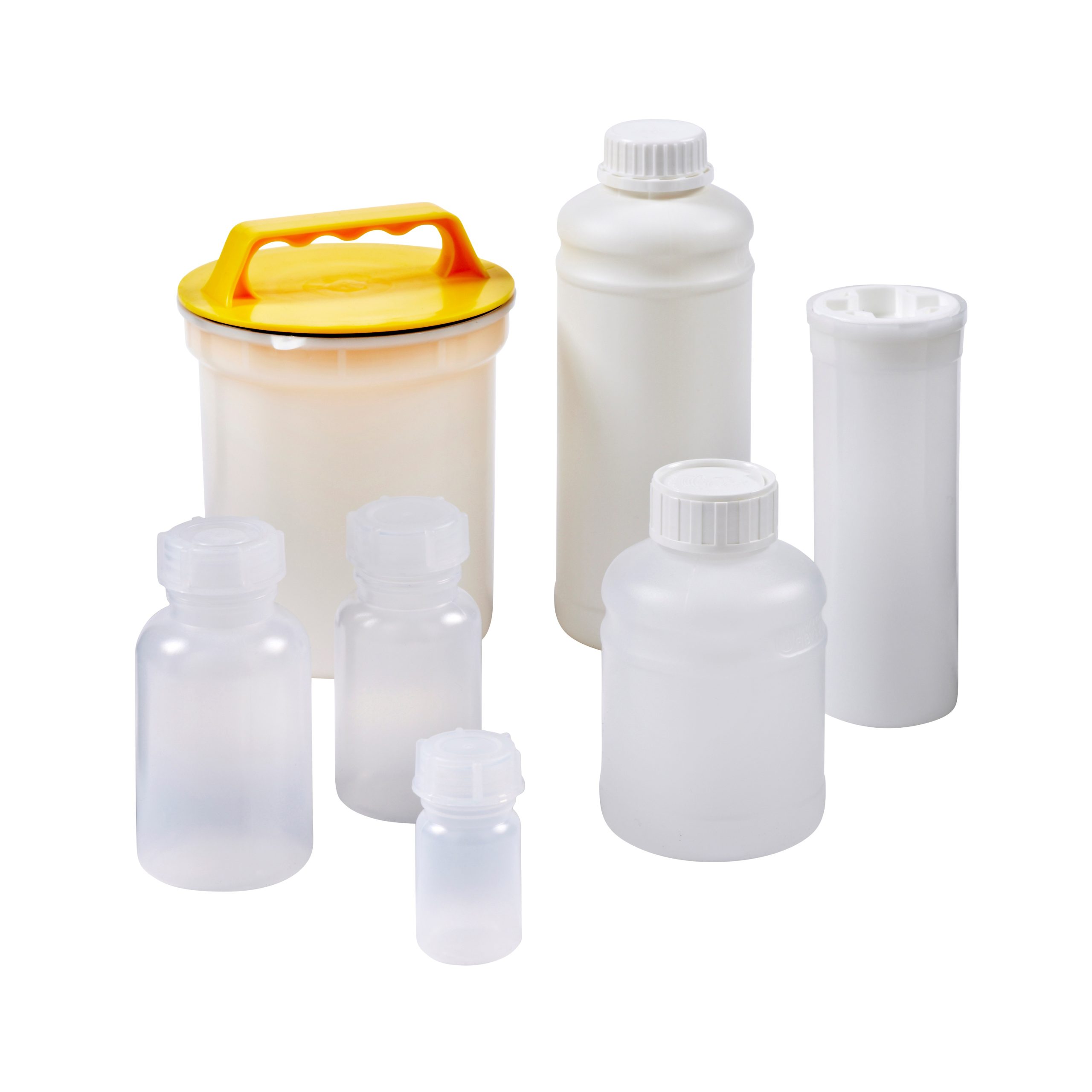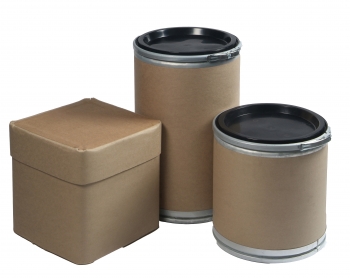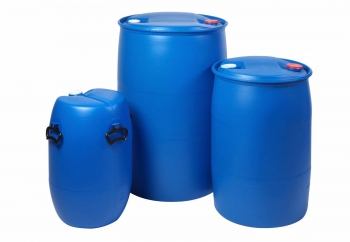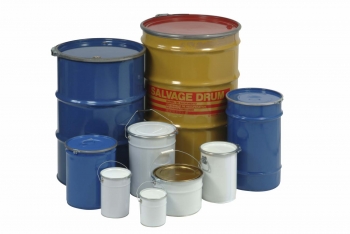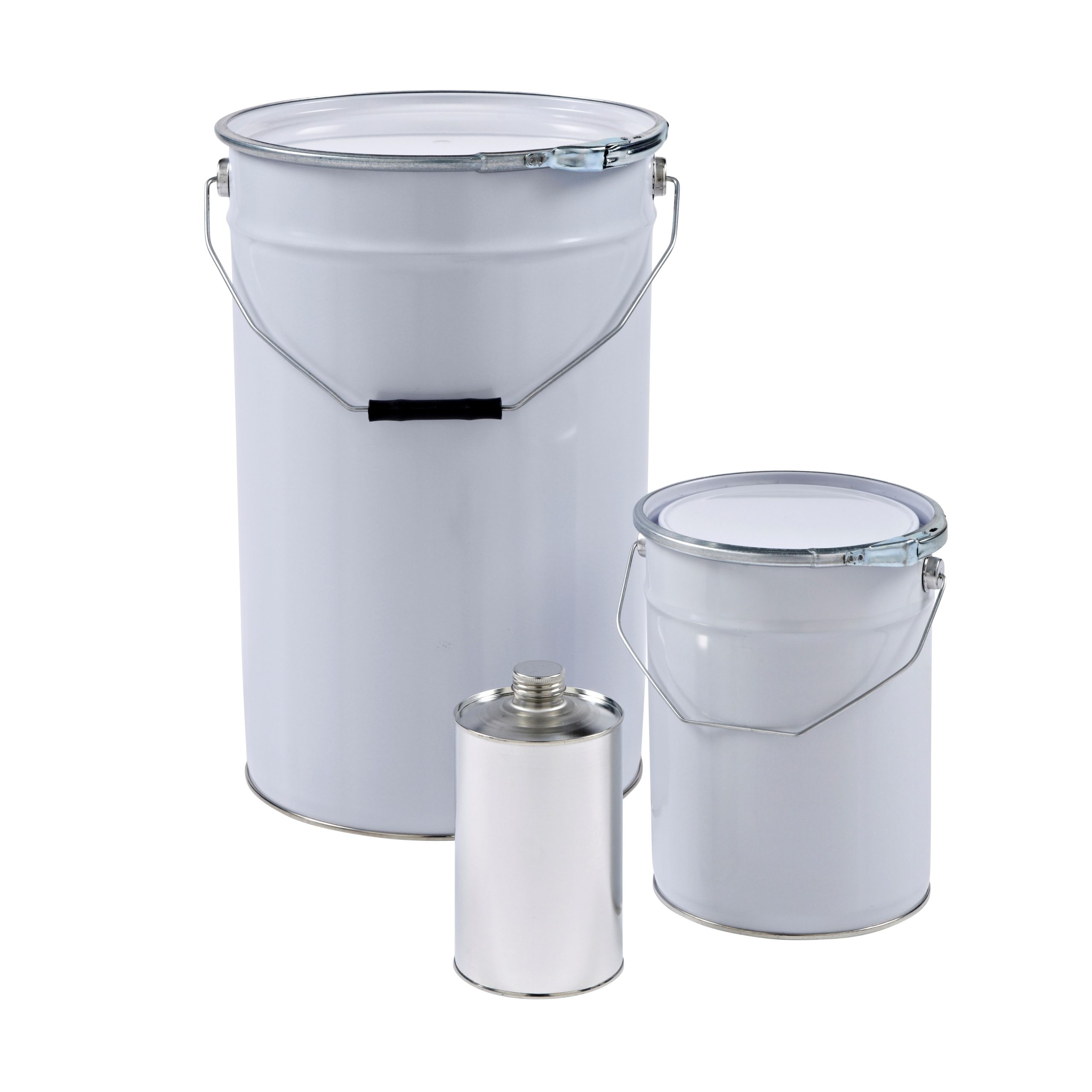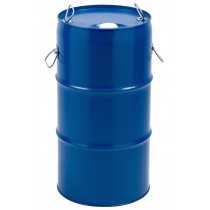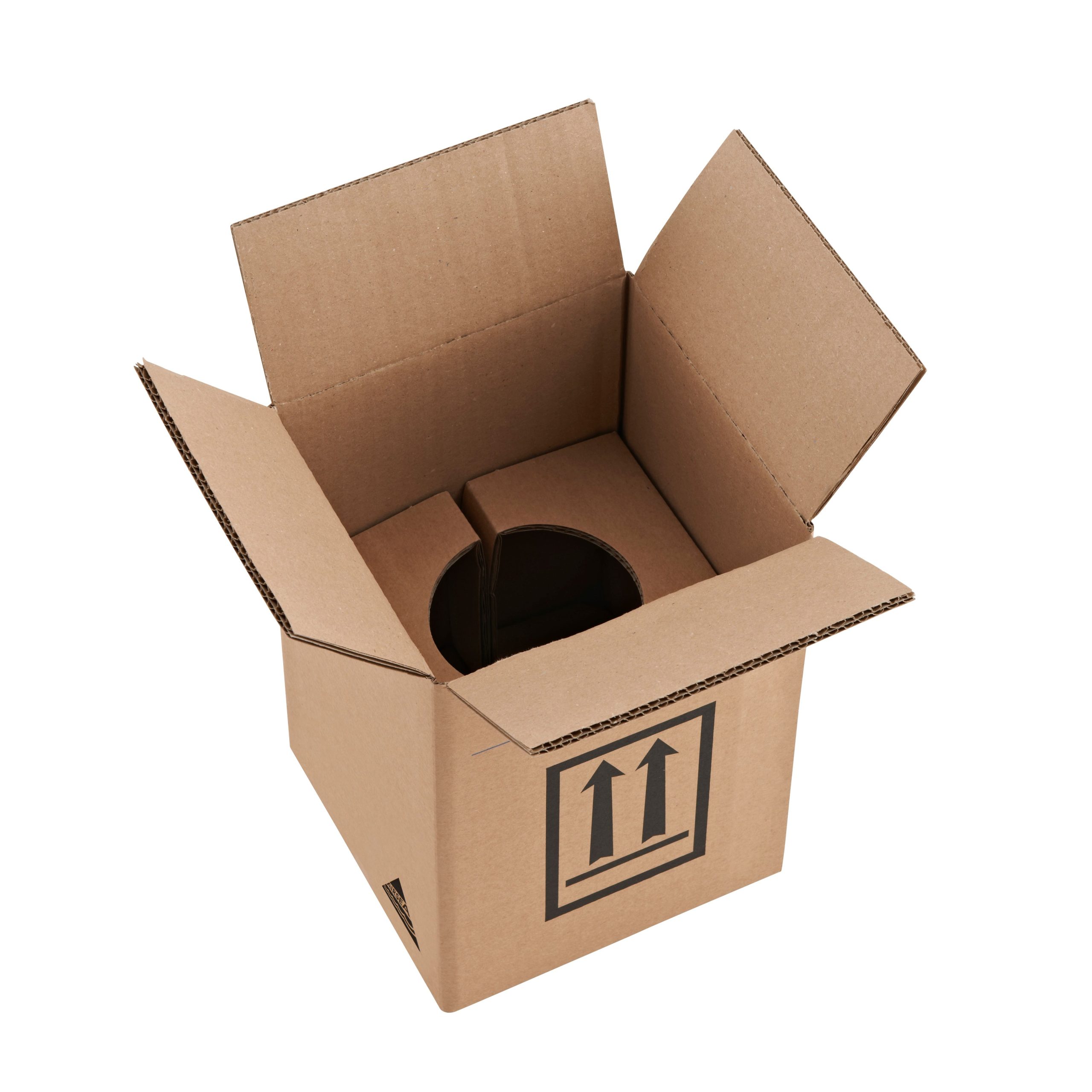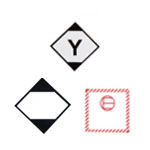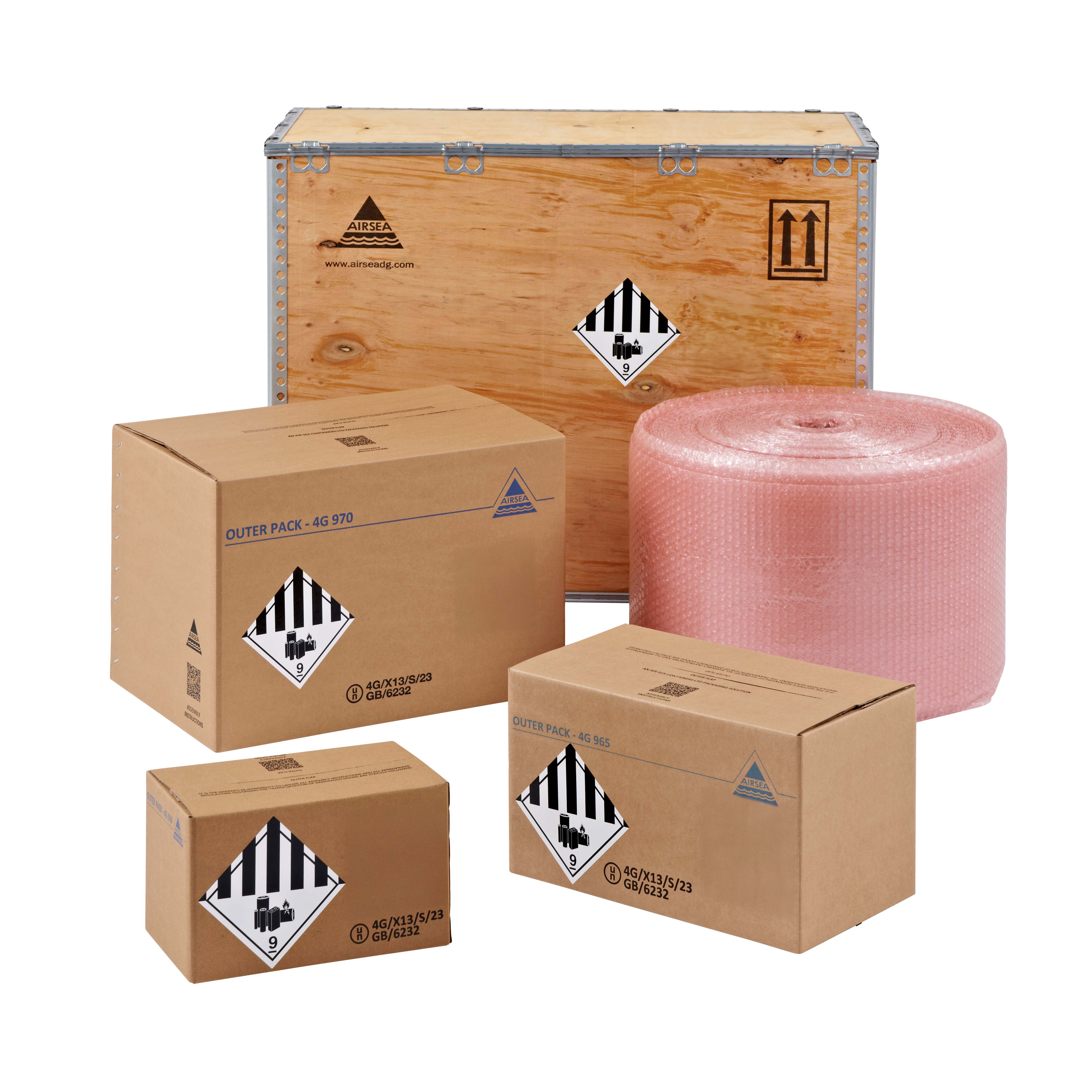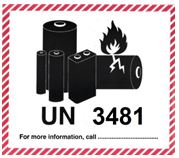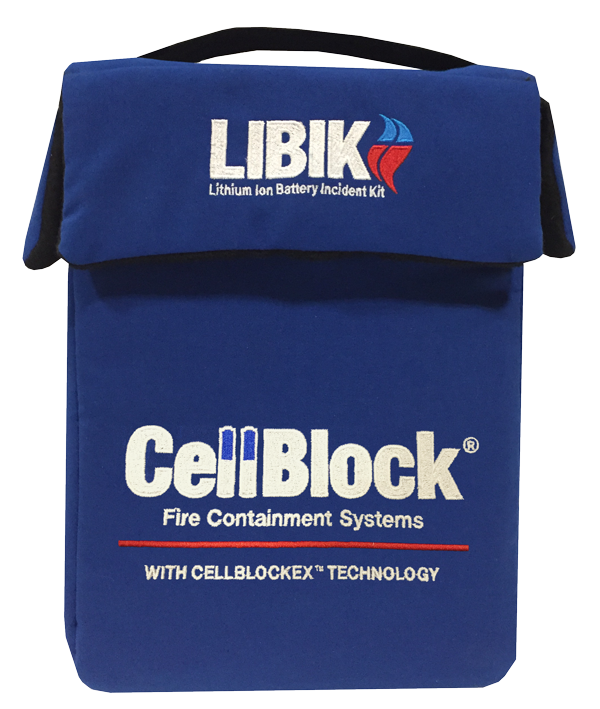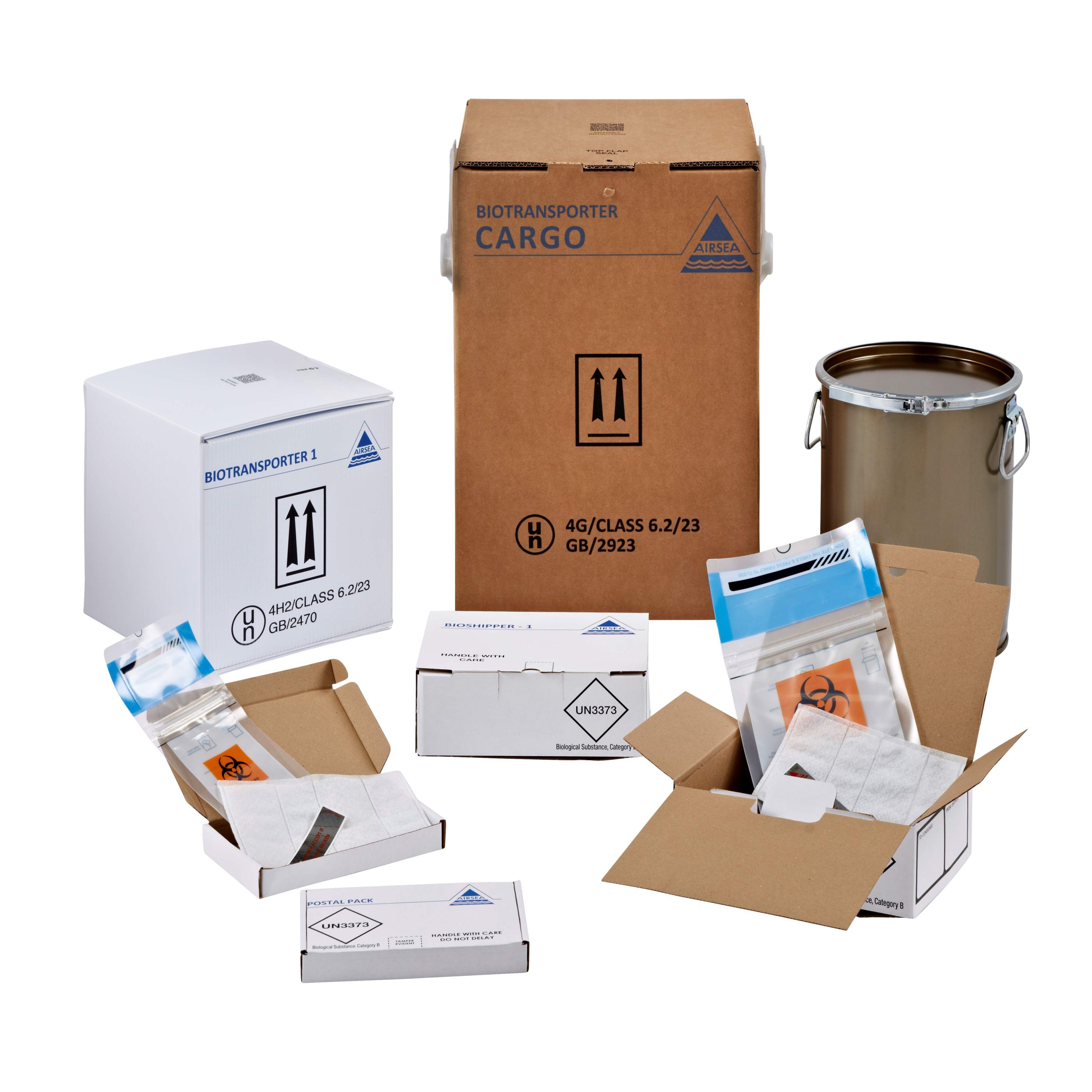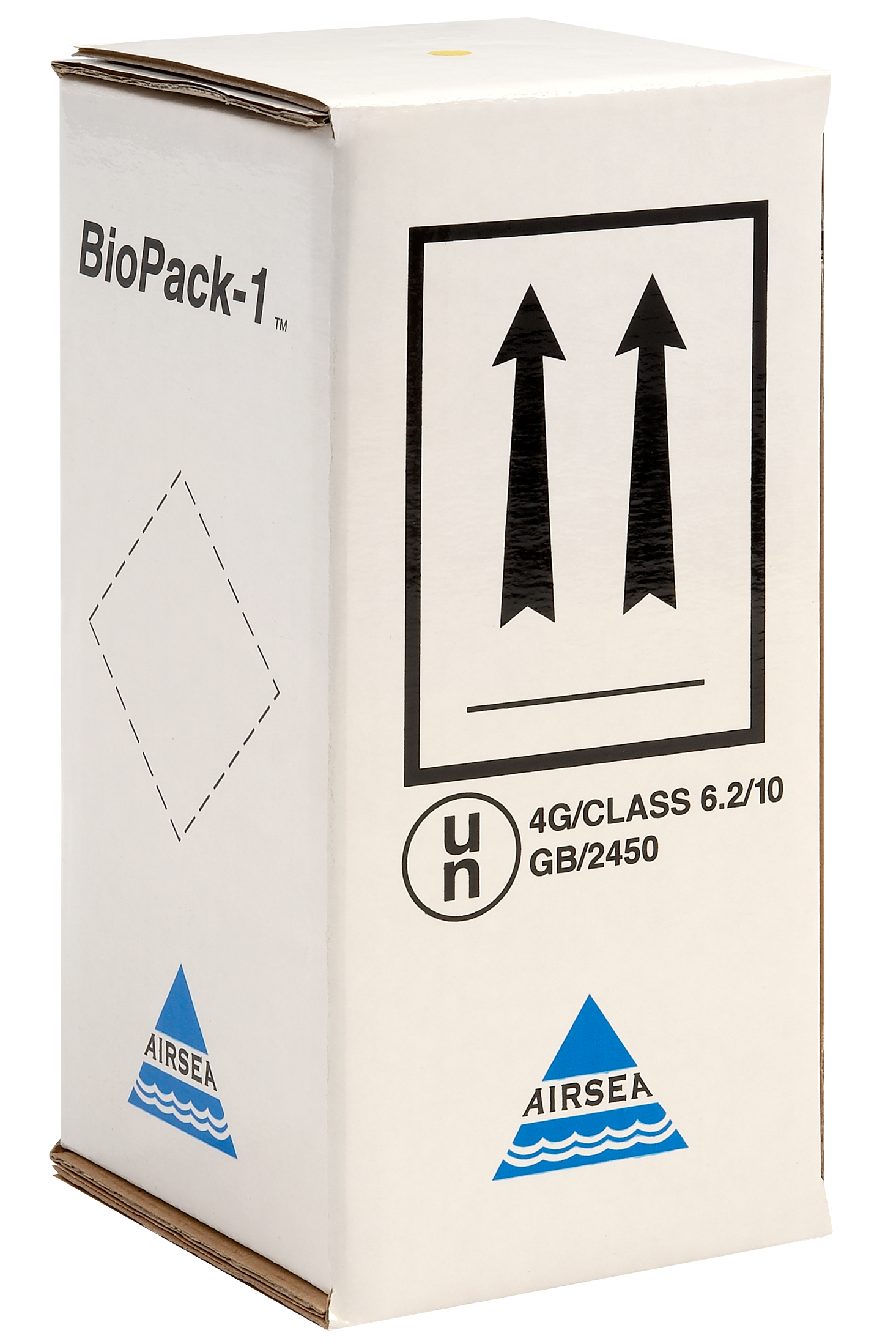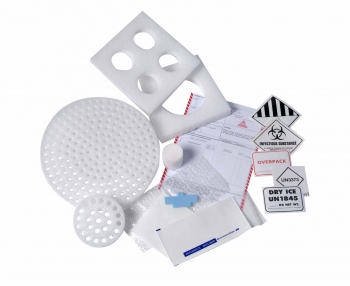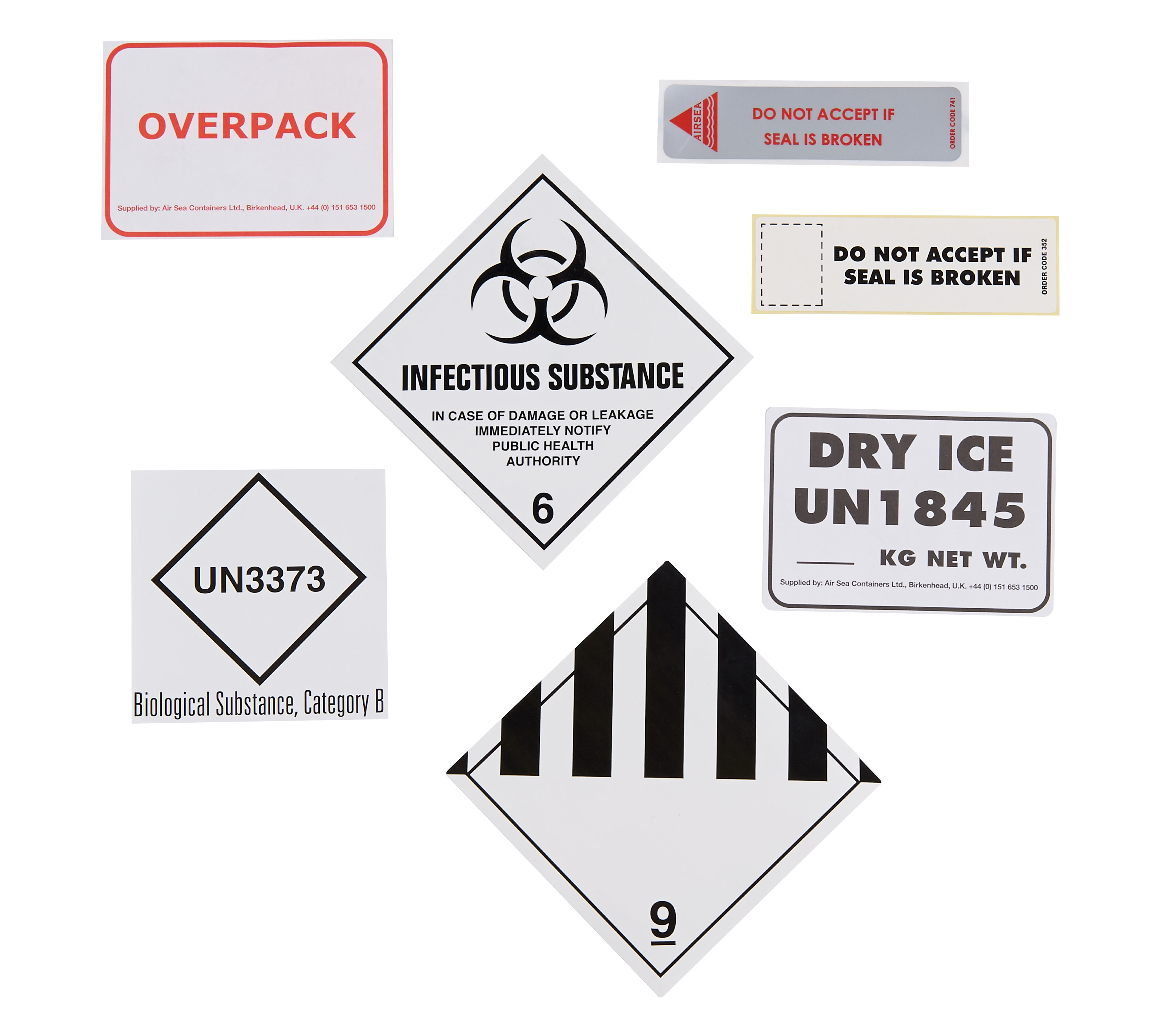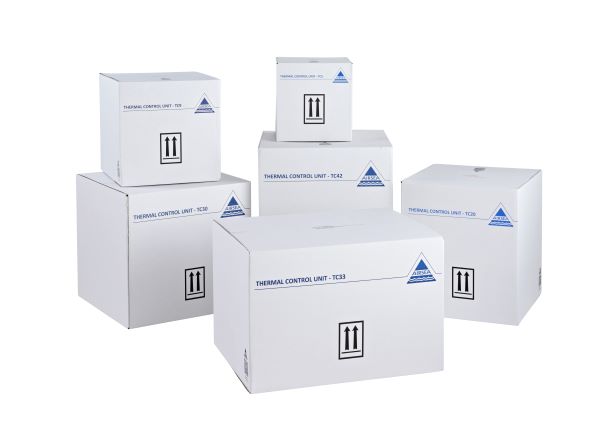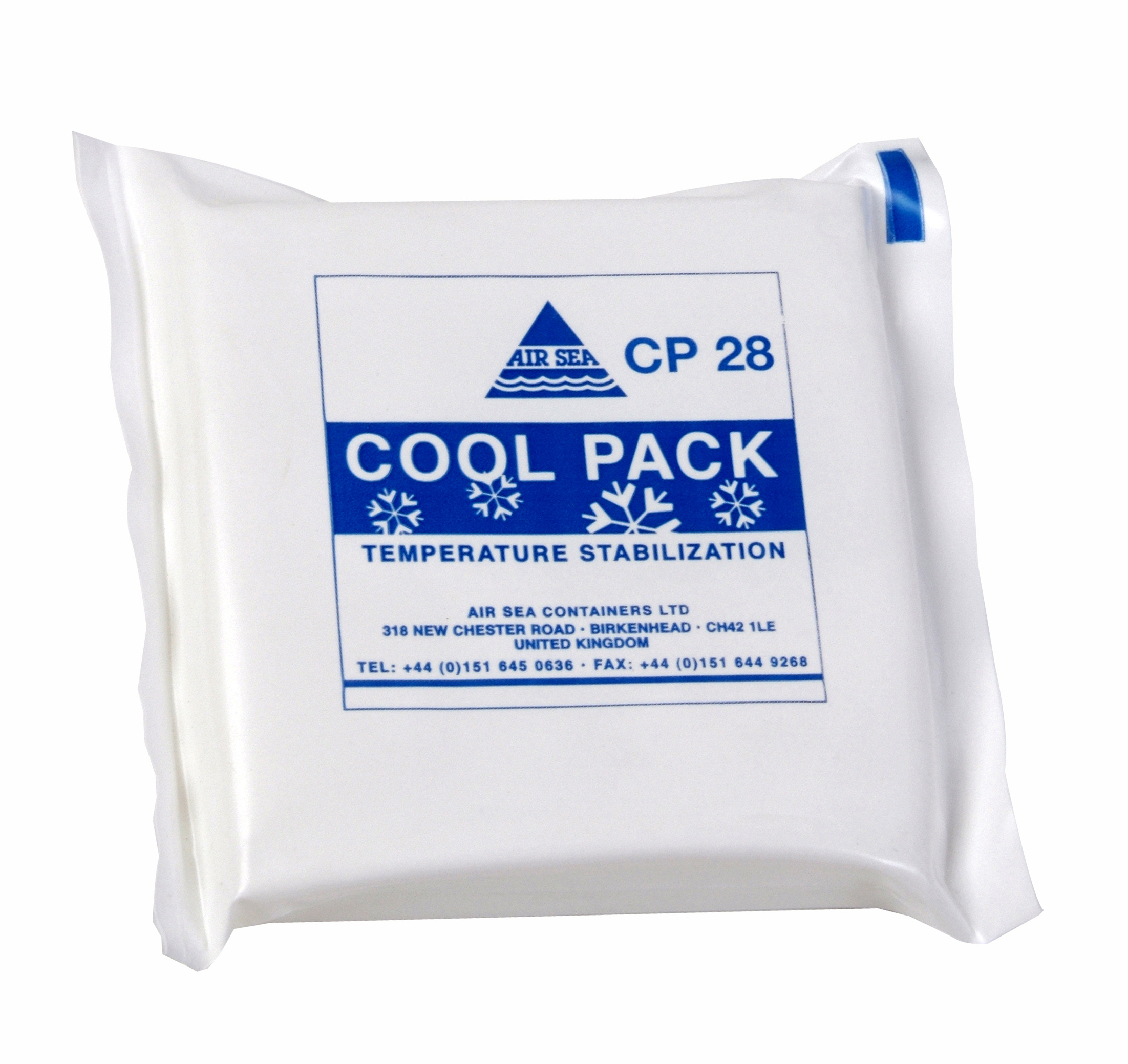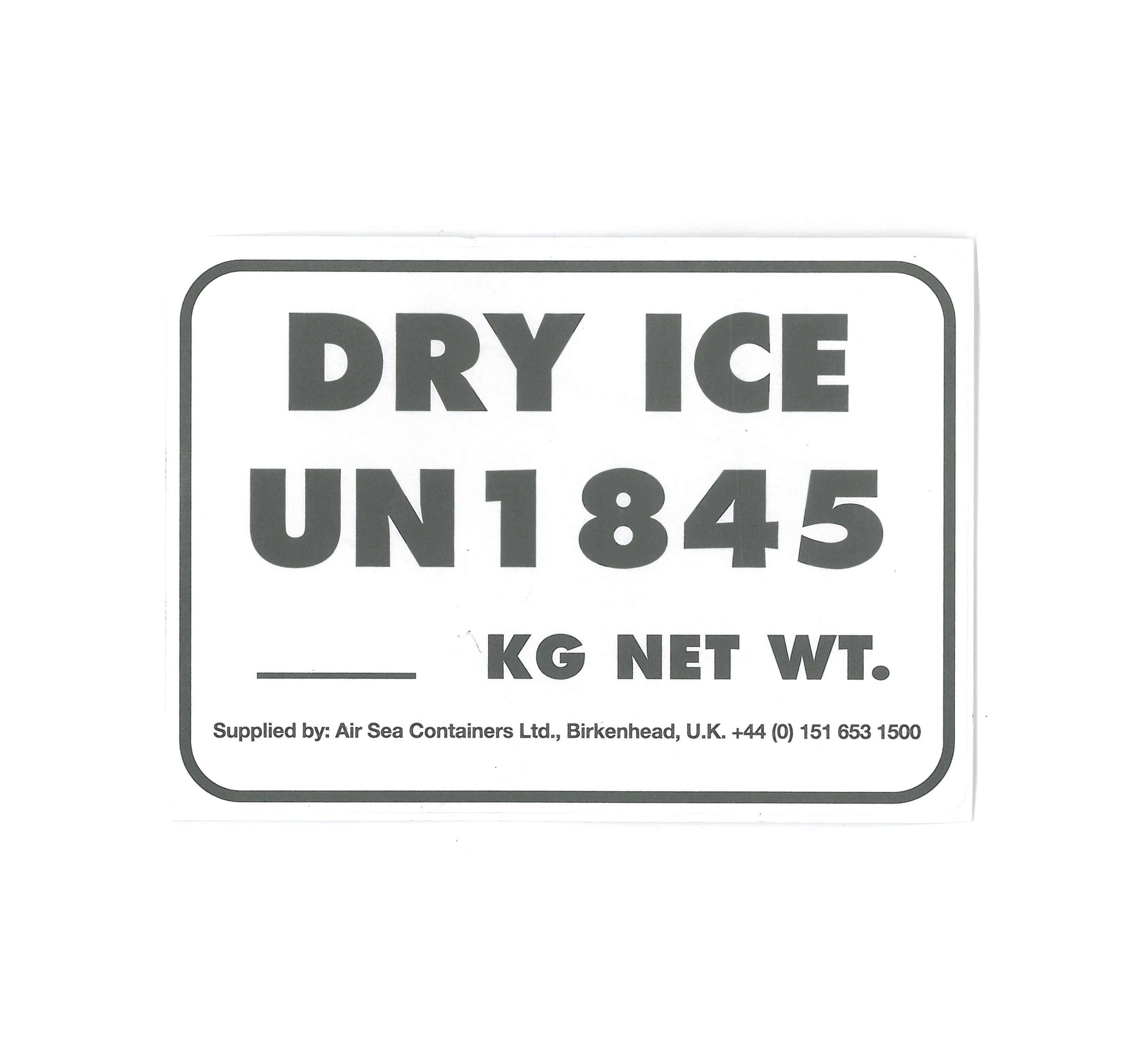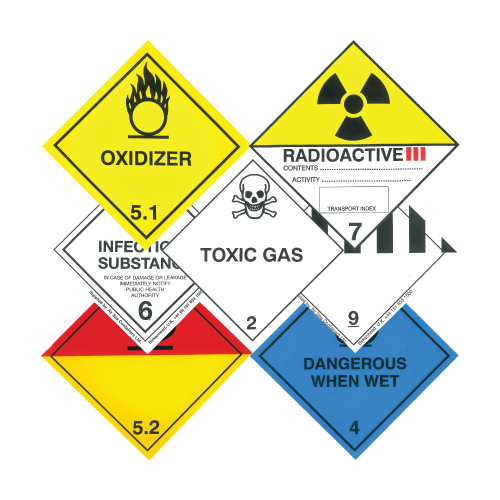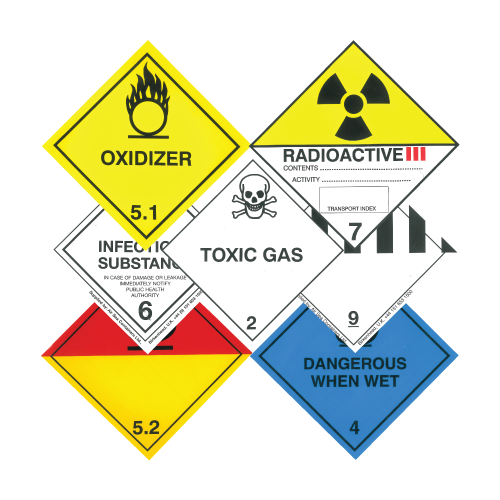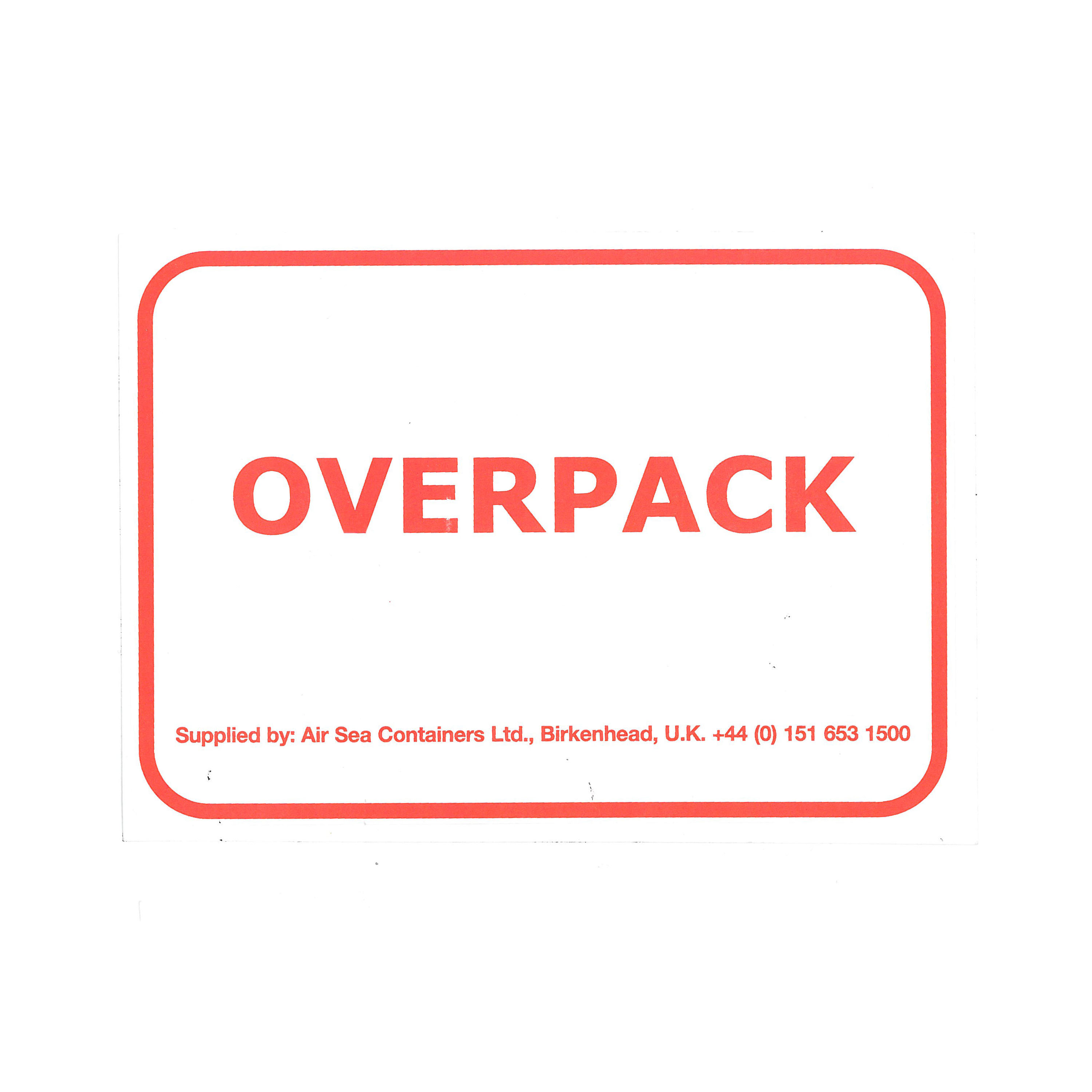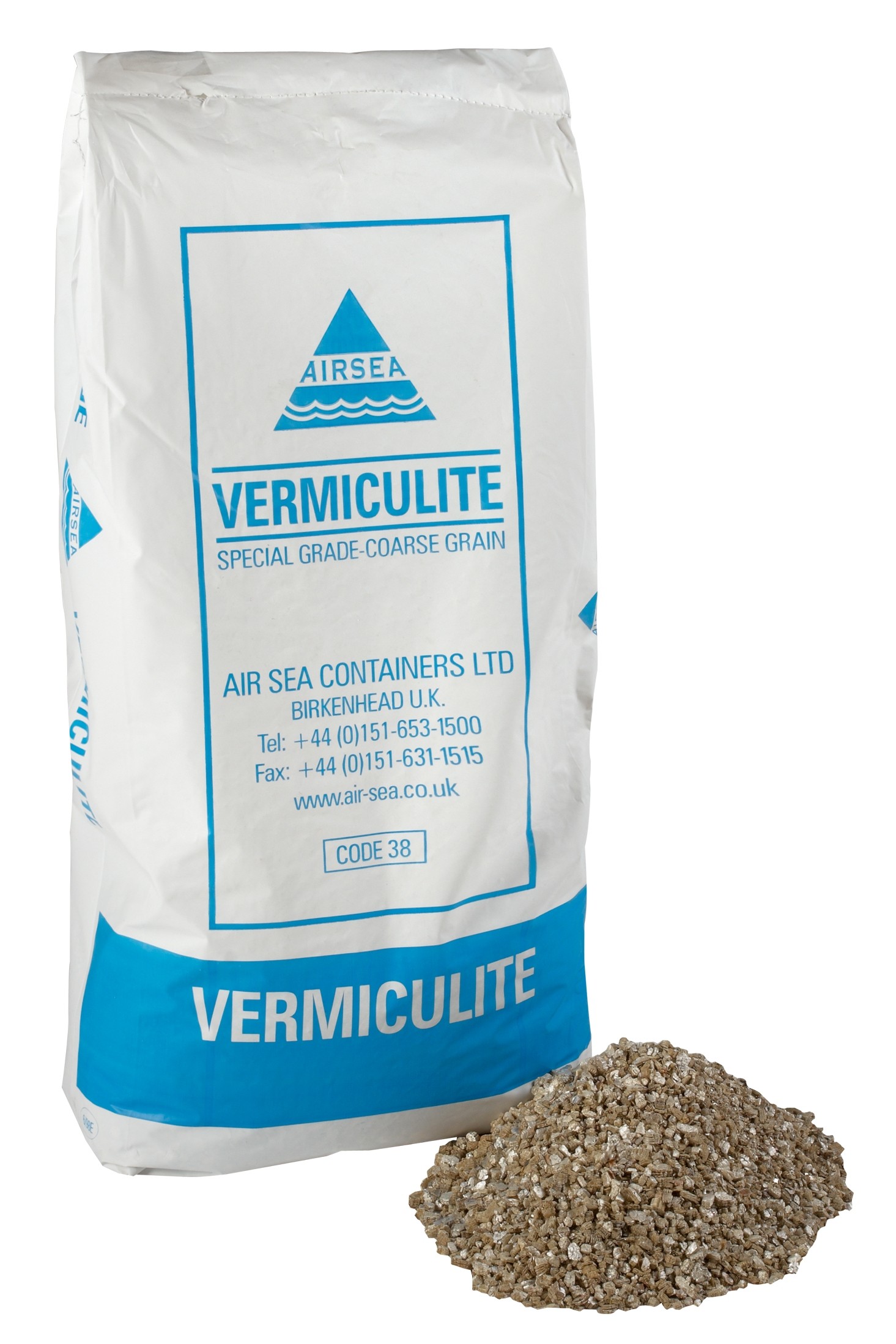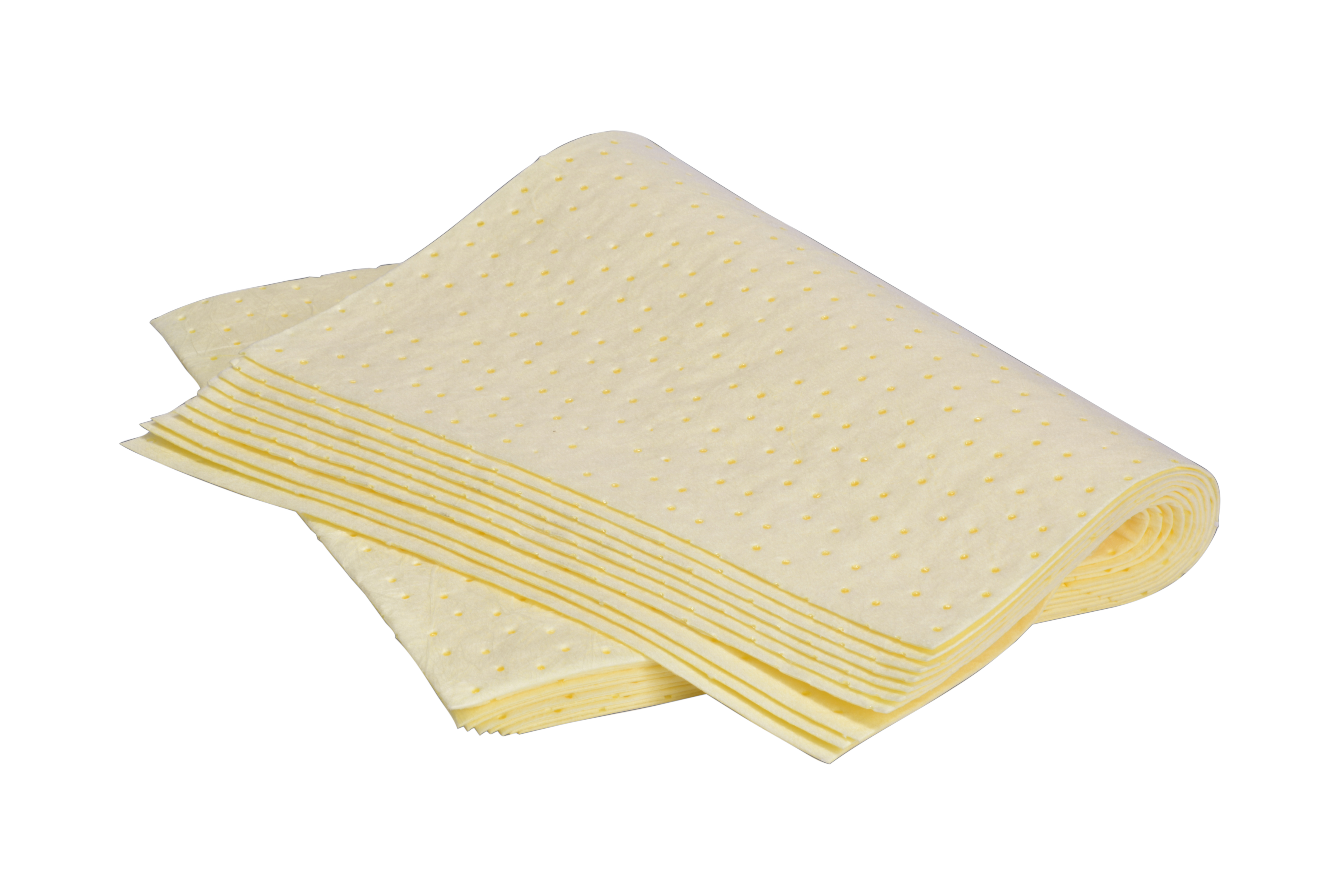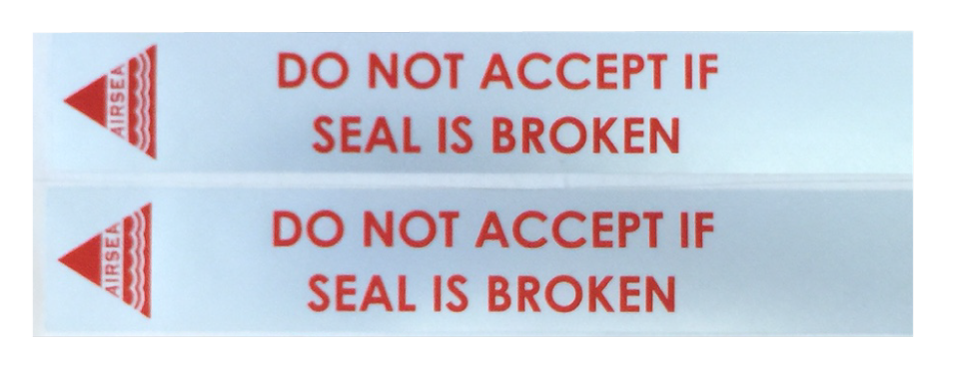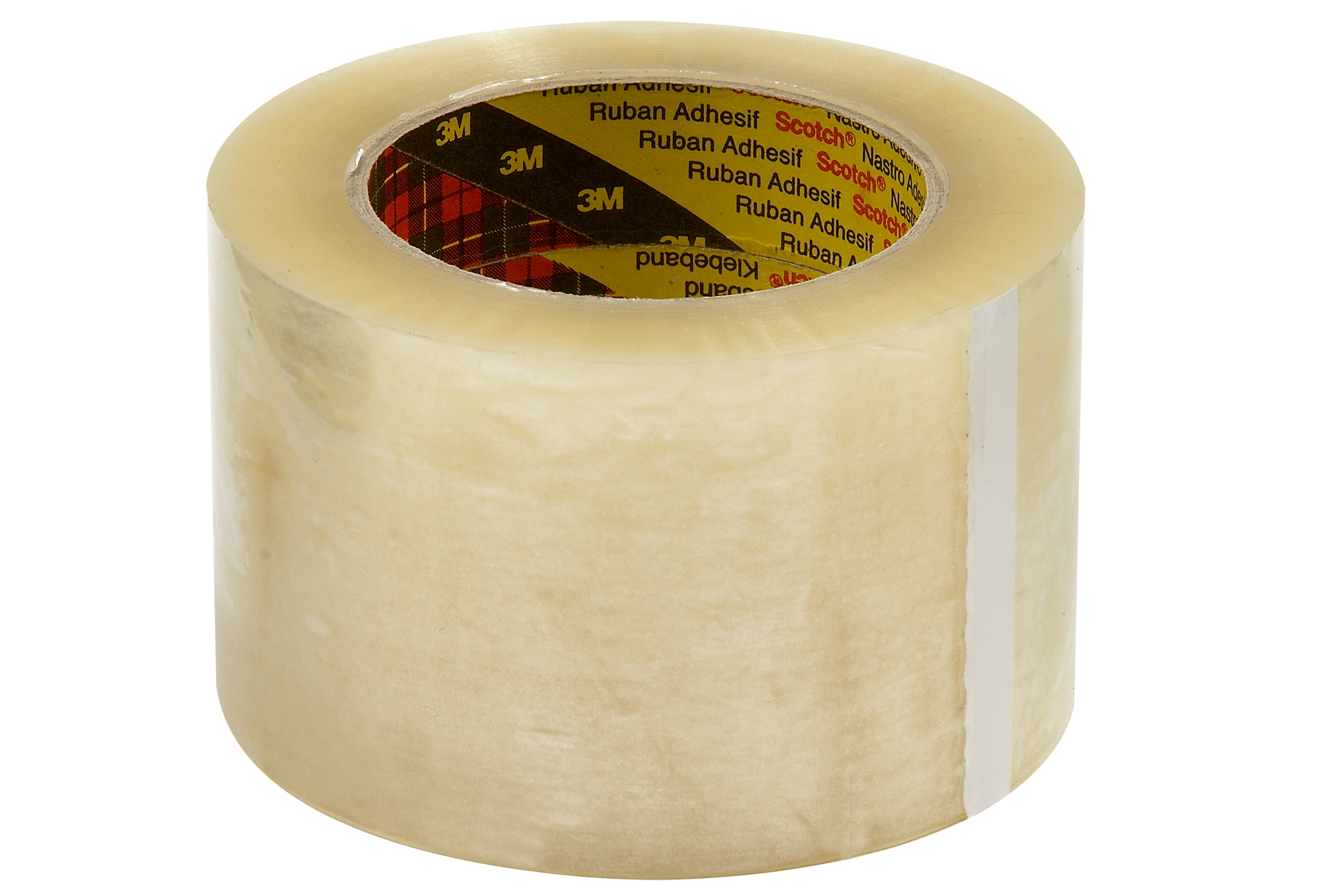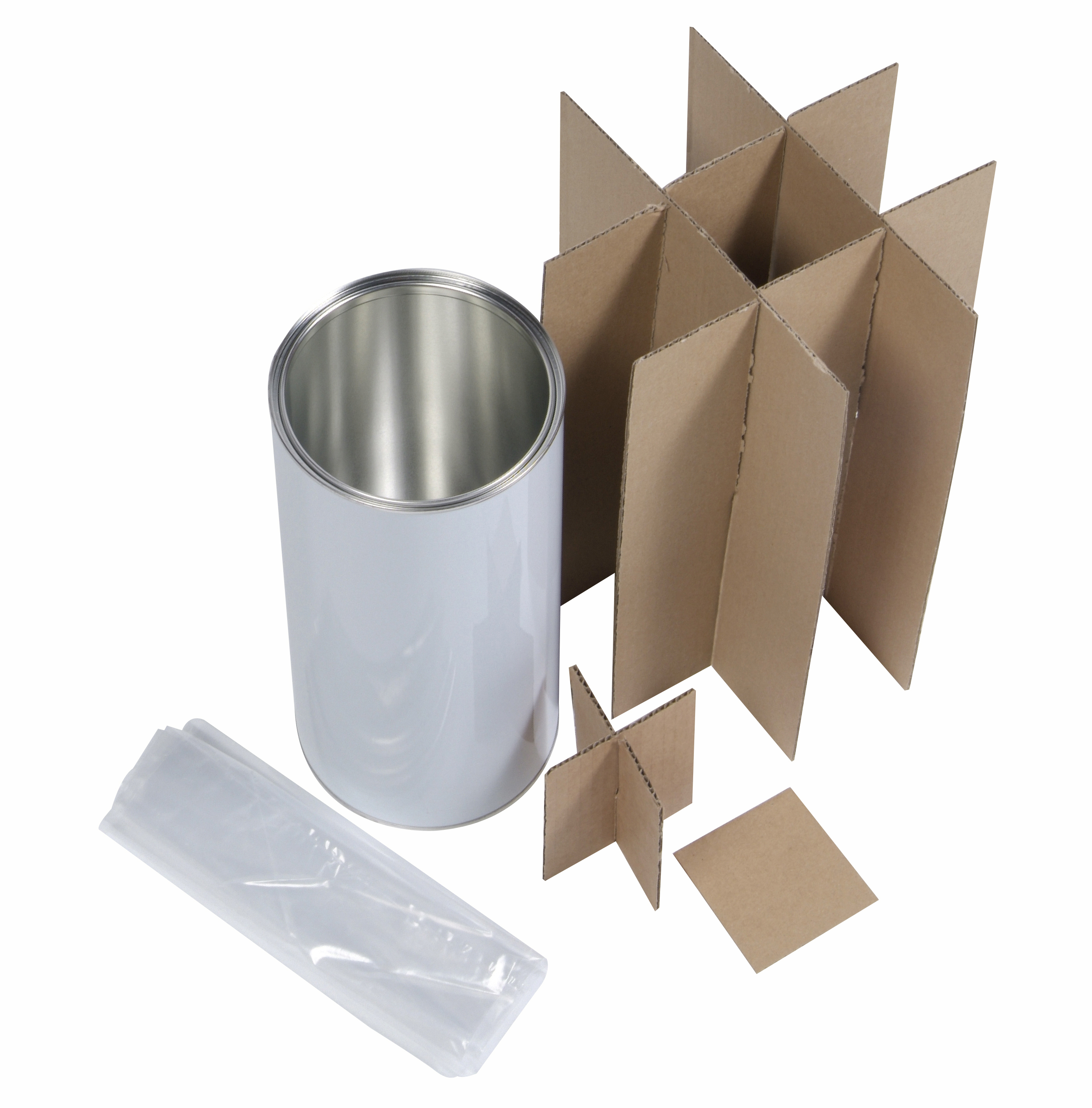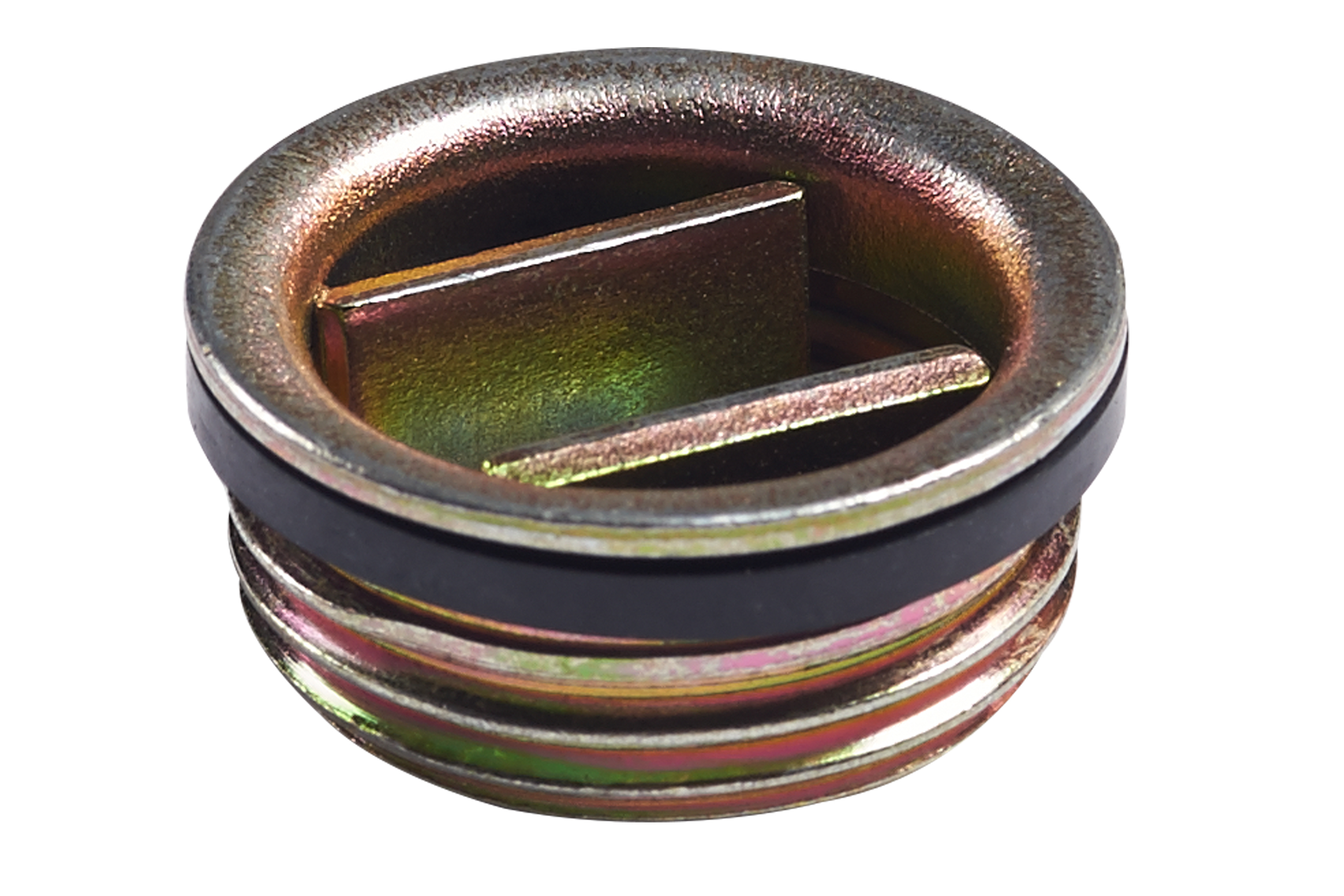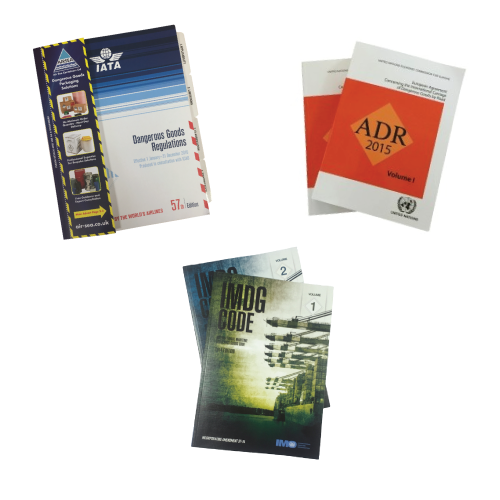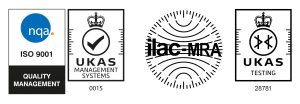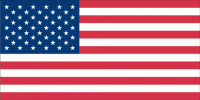Dangerous goods, also known as hazardous materials, are substances or articles that pose a risk to health and safety to people, animals or the environment when transported. These goods meet the criteria of one or more of the nine UN hazard classes, each with specific characteristics and risks. Some classes have further divisions such as Class 2 Gases which has 3 divisions 2.1,2.2 and 2.3. which you can read more about here.
But what do those dangerous goods actually look like? Here’s a summary of each 9 classes and examples of dangerous goods they can include, as defined by the United Nations and used globally in transport regulations like those of IATA, IMDG and ADR.
Class 1: Explosives
Description: Substances or articles capable of rapid combustion or detonation.
Examples:
- TNT (Trinitrotoluene)
- Fireworks
- Ammunition
- Dynamite
- Flares
Subdivisions: 1.1 (mass explosion), 1.2 (projection hazard), 1.3 (fire hazard), 1.4 (presenting no significant hazard), 1.5 (very insensitive having mass explosion hazard), 1.6 (extremely insensitive do not have mass explosion hazard).
Class 2: Gases
Description: Gases that are compressed, liquefied, absorbed or dissolved under pressure.
Examples:
- Propane
- Chlorine
- Helium Compressed
- Ammonia (anhydrous)
Subdivisions: 2.1 (flammable gas), 2.2 (non-flammable, non-toxic), 2.3 (toxic gas)
Class 3: Flammable Liquids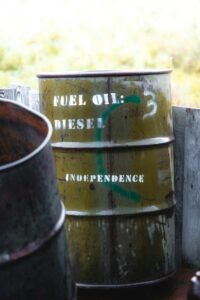
Description: Flammable liquids and liquid desensitized explosives.
Examples:
- Gasoline
- Ethanol
- Acetone
- Diesel fuel
Class 4: Flammable Solids; Substances Liable to Spontaneous Combustion; Substances which, in Contact with Water, Emit Flammable Gases
Description: Solids that are liable to spontaneous combustion or become hazardous on contact with water or air.
Examples:
- Magnesium
- Phosphorus, heptasulphide
- Calcium carbide
Subdivisions: 4.1 (flammable solids), 4.2 (substances liable to spontaneous combustion), 4.3 (substances in contact of water, emit flammable gases)
Class 5: Oxidizing Substances and Organic Peroxides
Description: Substances that can cause or enhance combustion of other materials.
Examples:
- Ammonium nitrate based fertilizer
- Hydrogen peroxide, aqueous solution
- Chlorate and borate mixture
Subdivisions: 5.1 (oxidizer), 5.2 (organic peroxides)
Class 6: Toxic and Infectious Substances
Description: Substances that may cause death or serious injury if inhaled, swallowed, or contacted; or materials containing pathogens.
Examples:
- Cyanide solution
- Arsenic compounds
- Medical waste
- Ebola virus samples
Subdivisions: 6.1 (toxic), 6.2 (infectious)
Class 7: Radioactive Material
Description: Materials containing radionuclides with activity above specified limits.
Examples:
- Uranium hexafluoride
- Plutonium
- Technetium
Class 8: Corrosives
Description: Substances that cause severe damage to living tissue or materially damage other goods or means of transport.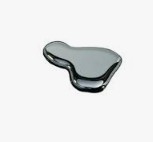
Examples:
- Sulphur chlorides
- Hydrochloric acid
- Nitric acid
- Mercury
Class 9: Miscellaneous Dangerous substances and Articles, Including Environmentally Hazardous Substances
Description: Substances or articles that pose hazards not covered in other classes.
Examples:
- Dry ice (solid carbon dioxide)
- Lithium batteries
- Asbestos
- Magnetized materials
- Airbag inflators
Understanding the 9 hazard classes and the types of goods that fall into them is crucial for the safe transport, storage, and handling of dangerous goods. Each class presents unique risks and requires specialized procedures and packaging to mitigate potential dangers. Proper handling, labelling, documentation, and training are essential to ensure compliance with dangerous goods regulations and protect people, animals and the environment.
Contact Air Sea Containers for more information about suitable packaging for the 9 Hazard Classes.
Information correct at the time of publications 8th May 2025
 UK
UK



